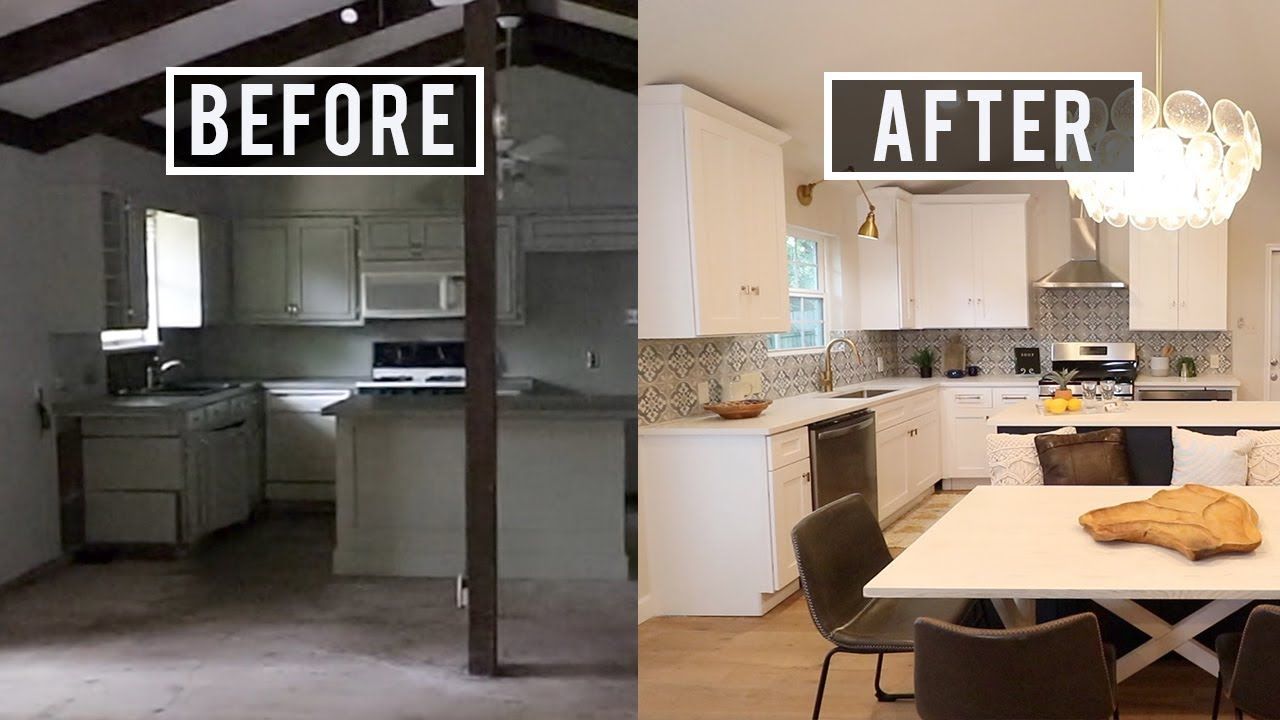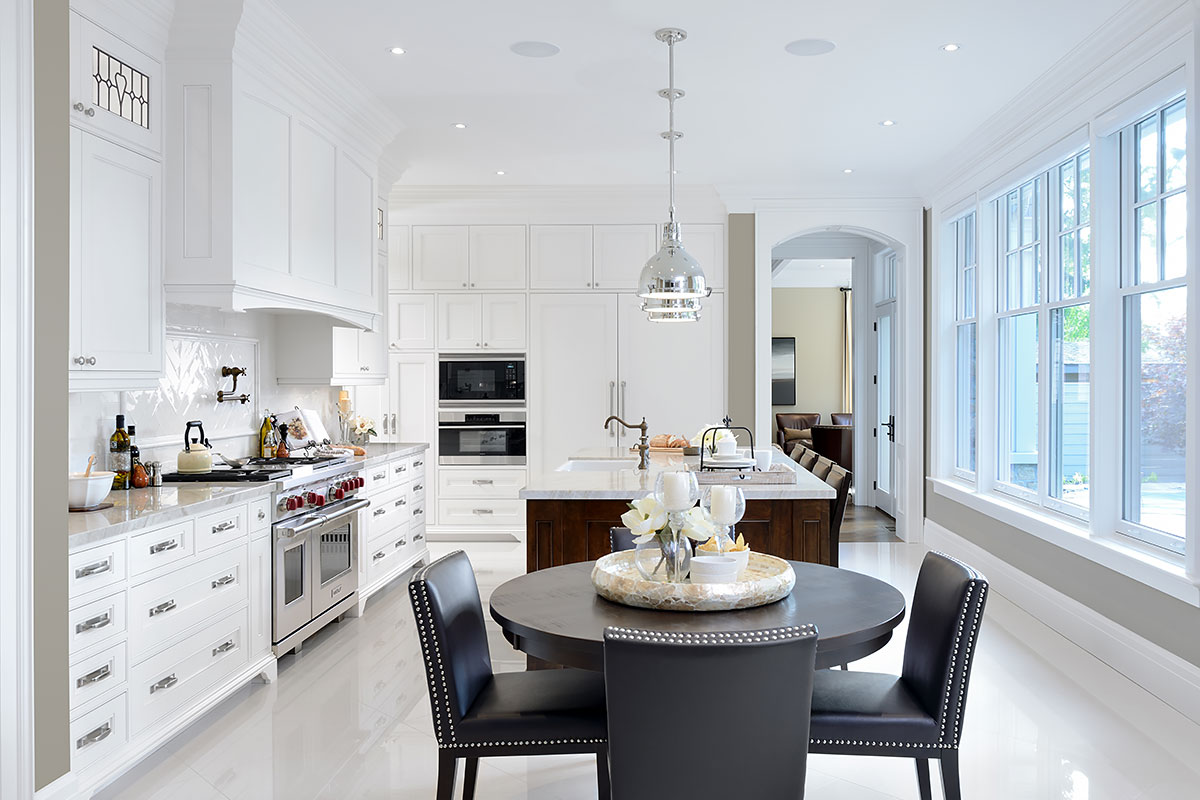How to choose TV stand interior design?
Buying a new TV can be exciting and fun, but designing a TV Stand can be boring and tiresome. You can choose to do it yourself or you can hire specialists like www.lifetimekitchens.co.za Choosing the perfect TV stand for your living room can be a daunting task. With so many styles and designs available, it can be overwhelming to know where to start. In this article, we’ll discuss how to choose a TV stand that fits your interior design style.
- Consider the Size of Your TV
The first thing to consider when choosing a TV stand is the size of your TV. The stand should be wide enough to support the TV and have enough clearance for any soundbars or other accessories. You don’t want a stand that is too small or too large for your TV as it can look unbalanced in your living room.
- Think About Your Interior Design Style
Your TV stand should complement your interior design style, whether it’s modern, traditional, or minimalist. For a modern look, choose a TV stand with clean lines and a glossy finish. For a traditional style, consider a wooden stand with ornate detailing. A minimalist style can be achieved with a simple, streamlined stand in a neutral color.
- Consider the Color Scheme
The color of your TV stand should also complement the overall color scheme of your living room. If you have neutral walls and furniture, consider a stand in a bold color to add a pop of interest. If your living room is already full of bold colors, choose a stand in a neutral color such as white, black, or natural wood.
- Think About Storage Needs
If you have a lot of media equipment, such as gaming consoles or DVD players, you’ll want a TV stand with enough storage to keep everything organized. Look for stands with shelves or cabinets to hide clutter and keep your living room looking neat and tidy.
- Consider the Material
TV stands come in a variety of materials, including wood, metal, and glass. Consider the durability of the material, as well as how easy it is to clean and maintain. For example, a glass TV stand may look sleek and modern but can be difficult to keep clean if you have young children or pets.
- Don’t Forget About Height
The height of your TV stand is also important to consider. It should be at a comfortable viewing height for your TV, so you’re not straining your neck to watch your favorite show. The recommended height is eye level when seated.
In conclusion, choosing a TV stand that fits your interior design style is all about balance. It should complement the size of your TV, the color scheme of your living room, and your storage needs. By considering these factors, you can find the perfect TV stand that not only looks great but also enhances your viewing experience.




